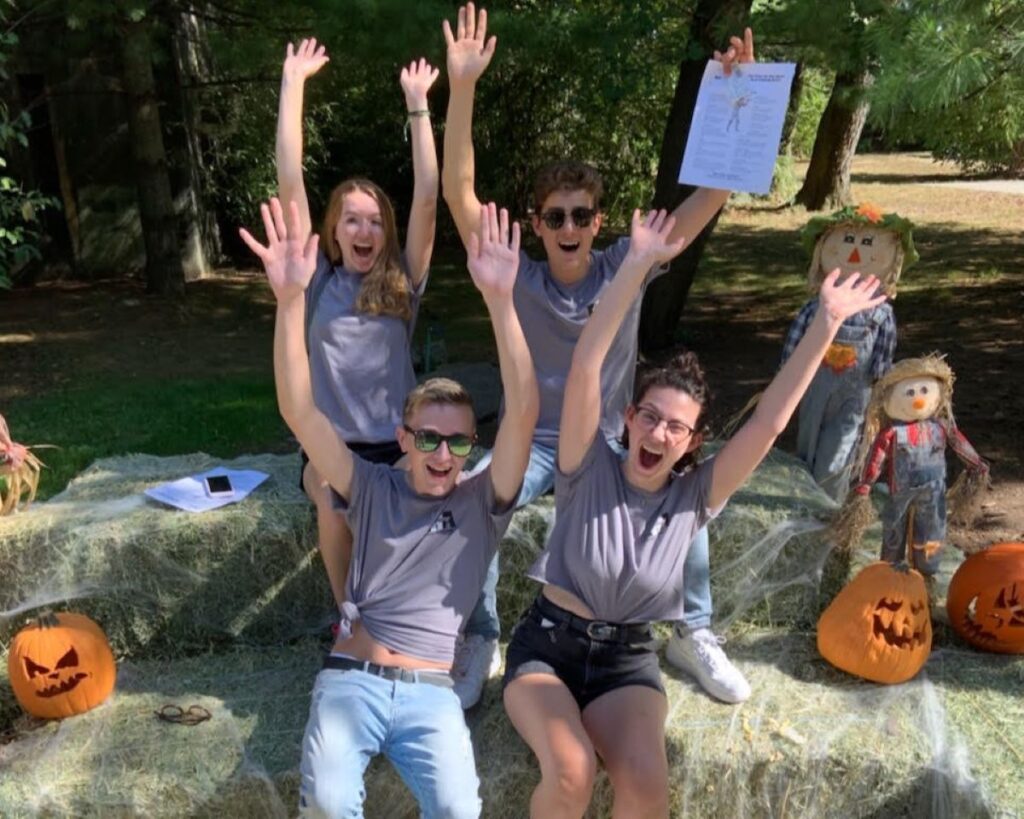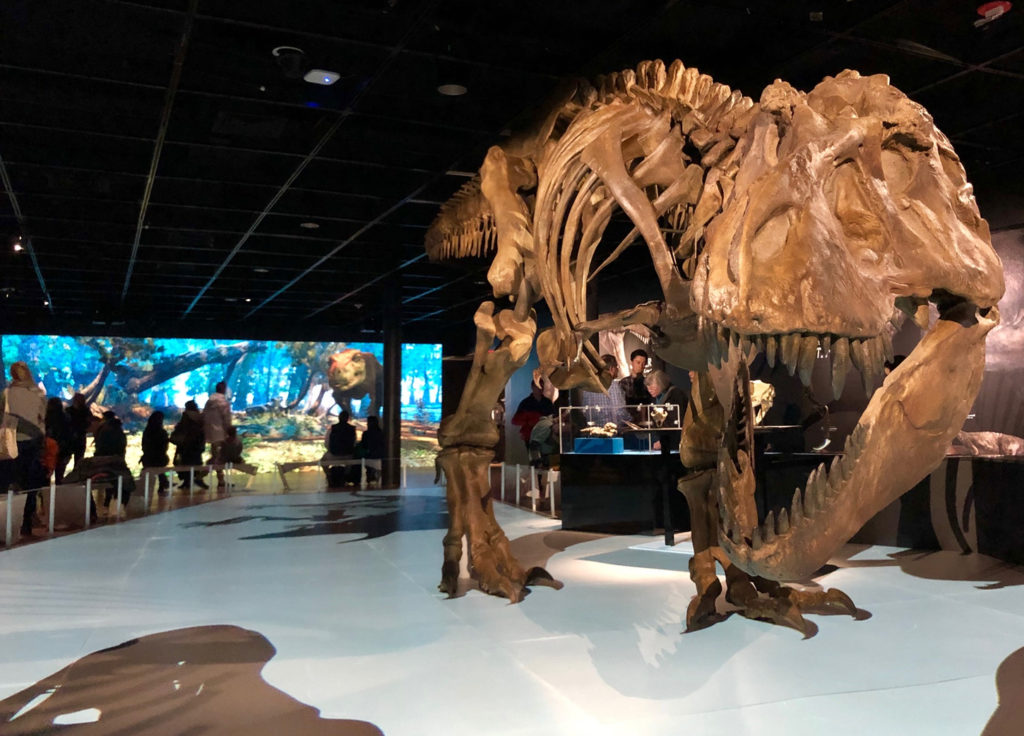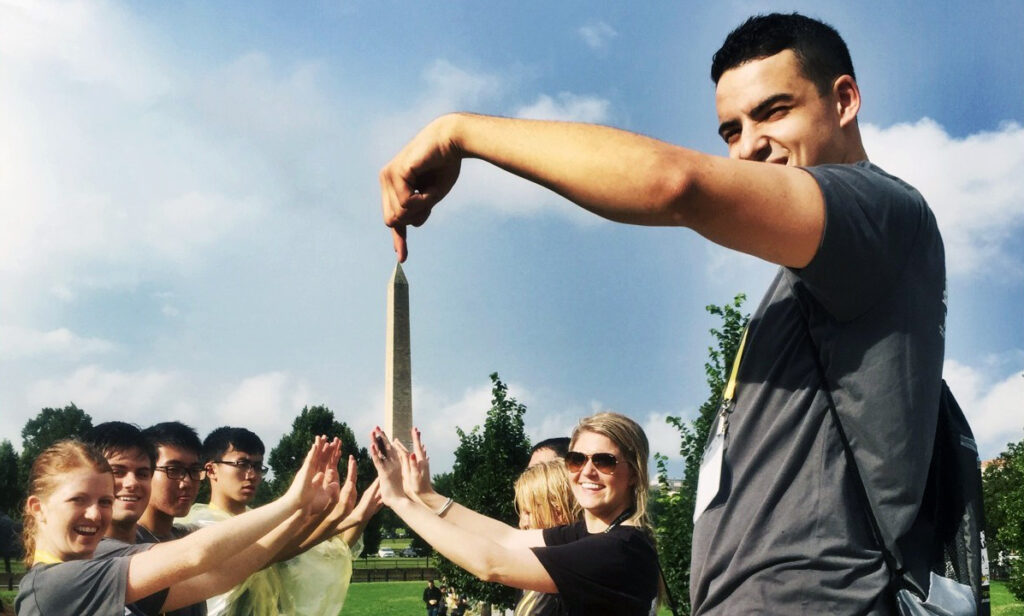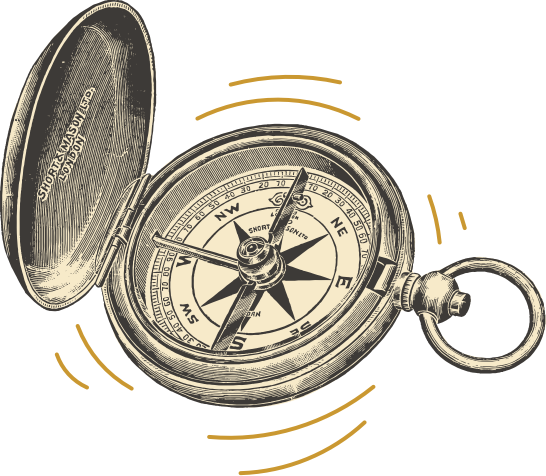Studies have shown field trips to be invaluable opportunities for critical thinking, tolerance, interest in arts and culture, and more. They’re also a great way to break students out of their daily routines to increase engagement and understanding, as they connect information they’ve learned in the classroom with real-world experiences.
Of course, what for students is a fun trip away from the classroom can be a daunting effort for educators, from planning to day-of logistics. For high school students, the pressure can be particularly high as you strive to plan a class outing or school trip that will engage everyone and still keep education at the forefront.
At Watson Adventures, we’ve worked with educators across the country to plan field trip activities for students of all ages, from grade school through college. After years of working with schools, we’ve heard and seen what keeps students engaged and excited. That’s why we’ve compiled a list of 15 fun high school field trip ideas to help you choose the right trip for your students.

Tips for Planning a High School Field Trip
Compared to grade school outings, high school field trips tend to focus more on deeper topics, academic enrichment, and real-world applications of subjects like science, history, or the arts, often with visits to colleges, workplaces, or museums. High school trips may also involve more independence and responsibility, with students expected to engage in more in-depth discussions and activities. Before planning your outing, here are a few tips to keep in mind:
- Write out your goals or learning objectives for the trip: Field trips offer high schoolers valuable hands-on learning experiences, letting them explore subjects beyond the classroom and apply knowledge in real-world settings. They foster curiosity and critical thinking as students engage with new environments, and they promote social and emotional development through collaborative experiences and exposure to diverse communities and perspectives. They’re also just a great opportunity to make learning fun! No matter what your goals or learning objectives are for your field trip, writing them out in advance keeps you focused throughout the planning process.
- Prioritize engagement: Choosing the venue for your field trip is only half of the battle; you’ll also need a plan for when you get there so students are held accountable to the learning objectives and remain engaged throughout. Planning an activity to gamify the learning experience—such as an educational scavenger hunt from Watson Adventures—can be a great way to ensure students are taking a proactive approach to learning and having fun along the way.
- Have a backup plan: This is particularly important if your class or school trip will take you and your students to an outdoor location like monuments or historical neighborhoods. You never know what the weather will hold on the day of your trip, and having a backup plan ahead of time will help reduce stress in the planning process and ensure the day of the trip runs smoothly no matter what.
- Outsource some of the planning: Planning a field trip can be a massive undertaking, especially for high school students who require more in-depth discussions and activities. Consider enlisting the help of an organization like Watson Adventures, which specializes in planning fun, educational activities at venues across the U.S. Our scavenger hunts can be played almost anywhere, including museums, historical neighborhoods, zoos, and more. Contact us to inquire about a private scavenger hunt for your students.
High School Field Trip Ideas
1. Local History Museum
Bring history lessons to life by visiting a nearby history museum. Students can explore artifacts, exhibitions, and interactive displays that align with their studies, while they get to know their city and state a little better.
And of course, add a history museum scavenger hunt to liven up the trip. We offer engaging and amusing games at countless history museums around the country. Options include the New-York Historical Society, the National Museum of American History, the Tennessee State Museum, the North Carolina Museum of History, the Chicago History Museum, and many more.
2. Art Gallery
A trip to an art gallery can ignite creativity in students while exposing them to diverse art forms, techniques, and cultural perspectives. Whether it’s contemporary art or classical works, discussing art can lead to broader discussions about history, philosophy, and emotions.
Student scavenger hunts available!
3. Science and Natural History Museum

Science museums provide hands-on learning with exhibits on everything from biology to physics. These museums are perfect for reinforcing scientific concepts and allowing students to explore them in interactive ways.
Challenge your students’ teamwork and critical thinking skills even further with a scavenger hunt at science museums and natural history museums from coast to coast. Dig into the secrets of such places as the American Museum of Natural History, the San Diego Natural History Museum, the Natural History Museum of L.A. County, the Cleveland Museum of Natural History, New Jersey’s Liberty Science Center, and the Museum of Science, Boston.
4. Environmental or Nature Reserve
Encourage environmental awareness by visiting a nature reserve or park. Students can learn about local ecosystems, wildlife, and conservation efforts while enjoying the outdoors. Consider adding a guided tour to deepen their understanding of ecological challenges and solutions.
Our park-themed Adventure Anywhere Scavenger Hunt sends students in search of interesting sights and gets them working creatively in teams to snap themed photo prompts.
5. Local Government Building
Whether it’s a town hall or state capitol, a visit to a government building helps students understand the mechanics of the political system. Attending a local council meeting or a guided tour can give students an inside look at democracy in action.
6. Aquarium or Marine Biology Center
Aquariums allow students to explore marine life up close, making biology lessons more engaging. They can learn about ocean conservation, marine ecosystems, and the importance of protecting aquatic species.
Add an educational student scavenger hunt at aquariums in Atlanta, Baltimore, Boston, Connecticut, Long Beach, California, and beyond.
7. Zoo

In a similar vein, a zoo trip can reinforce lessons on biodiversity, animal behavior, and conservation efforts. Many zoos also offer educational programs that are tailored to specific age groups, allowing for a deeper dive into zoology topics.
Let your students get even more out of their day on a Wild Wildlife Scavenger Hunt at zoos in Chicago, New Jersey, New York City, Philadelphia, San Francisco, Seattle, Washington, D.C., and more.
8. STEM Workshops or Innovation Centers
Taking students to a tech hub or an innovation center gives them a glimpse of cutting-edge technology. These field trips can inspire future careers in STEM by showcasing hands-on demonstrations in robotics, engineering, coding, and more.
9. College Campuses
Give juniors or seniors interested in pursuing a degree after their GED a taste of what campus life is like by visiting a university near your school. Looking to make your visit a little more engaging and interactive? Plan a campus scavenger hunt customized to nearly any college or university with the help of Watson Adventures.
10. Planetarium
For students interested in astronomy, a planetarium visit is perfect. They can explore celestial bodies, learn about space exploration, and better understand the scale of the universe through immersive presentations.
11. Performing Arts Theater
Exposing students to live theater, ballet, or symphony performances fosters appreciation for the performing arts. Attending a show or participating in a backstage tour can highlight the hard work and collaboration that goes into artistic productions.
12. Historical Landmark or Monument

Visiting local or national landmarks helps contextualize historical events and figures that students study in the classroom. Whether it’s a battlefield, memorial, or historic home, these visits provide a tangible connection to the past.
Student scavenger hunts available!
13. Botanical Garden
A visit to a botanical garden allows students to learn about plant biology, ecology, and the importance of green spaces. These trips also offer the opportunity to discuss environmental sustainability and human impact on nature.
14. Cultural Heritage Center
Introduce students to different cultures by visiting a cultural heritage center or museum. It’s an excellent way to enhance their understanding of diverse traditions, histories, and worldviews.
15. National Park or Outdoor Adventure
For a more adventurous field trip, take students to a national park. They can learn about geology, biology, and the importance of preserving natural spaces while hiking, camping, or engaging in fun outdoor activities.
16. Factory or Industry Tours
Explore how things are made with a visit to a local factory or manufacturing plant. Students will gain insights into industrial processes, engineering, and logistics, which can tie into economics, science, and business studies.
Find More Fun
Explore famous museums and iconic art on in-person scavenger hunts and virtual games all over the country.
